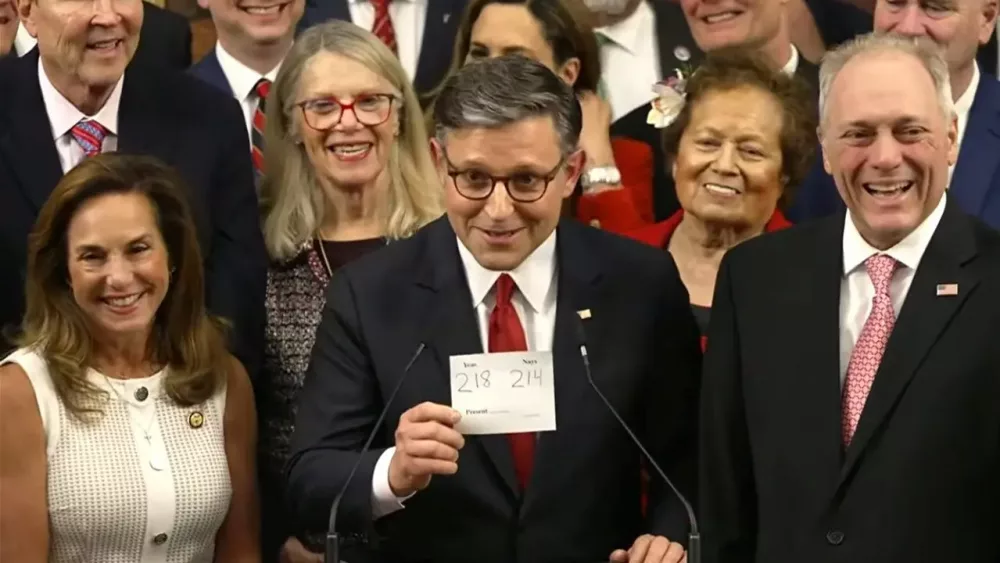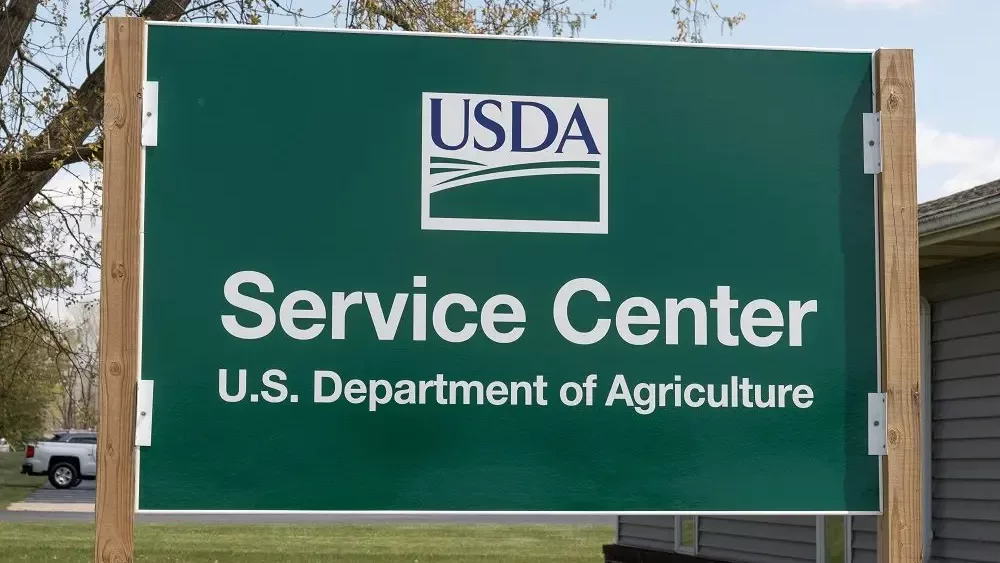Dairy will receive significant assistance from a federal package for producers USDA unveiled after Congress approved a $2 trillion coronavirus stimulus bill. But more work will need to be done to make sure all producers gain crucial aid as dairy farmers face an unprecedented crisis.
The National Milk Producers Federation expressed appreciation to Agriculture Secretary Sonny Perdue for including dairy in its $19 billion-dollar agriculture disaster assistance package released April 17. The plan includes up to $2.9 billion of cash aid for producers and purchases of at least $100 million per month in dairy products for distribution to the public through October.
“Federal dairy assistance is critically needed as the nation’s dairy farmers face an unprecedented collapse of markets resulting from the shutdown of much of the economy,” said Jim Mulhern, president and CEO of NMPF, the largest U.S. dairy-farmer organization. “Dairy’s fortunes have been especially grim, given the perishability of our product, its daily harvest and the fact that the virtual shutdown of the food service market has wiped out more than one-third of our product demand.”
The USDA plan included elements of an NMPF and International Dairy Foods Association joint plan of assistance to farmers and processors that had been sent to the department earlier this month. Still, as more information about the plan became available, some elements were of concern to NMPF:
- Payment caps are too low for the dairies that produce more than half the nation’s milk;
- USDA’s front-loaded its damages calculations toward the early months of 2020, which won’t match the timing of dairy’s deepest losses;
- Those loss calculations don’t reflect the full damage dairy will feel going forward, which USDA’s own calculations in its April WASDE report peg at roughly $8.5 billion; and
- A product-purchase program is unlikely to meet unprecedented food-bank demands.
Payment Caps a Worry
On payment caps, NMPF expressed its concerns over the possible USDA response even before the department’s plan was released, writing in a letter to President Trump on April 15 saying that “it is imperative that any program to provide relief to farmers accounts for the significant losses that all U.S. dairy farmers are facing.”
Later in the month, after research from Texas A&M indicated that dairy producers would face the steepest losses of any U.S. commodity group – with declines in net cash income outpacing the maximum federal payment available – NMPF again sounded the alarm. “The COVID-19 crisis presents grave danger for all dairies, from small operations to the producers whose milk nourishes the majority of U.S. consumers and keep supply chains running,” Mulhern said. “We have raised our concerns over payment limits with both President Trump and USDA, and with the Administration making important decisions in how it allocates aid, it’s important to highlight the very real impacts that lower support levels will have on dairy producers and the communities they serve.”
NMPF and dairy allies anticipate that progress in addressing these concerns can be made in coming weeks, as Congress readies another round of stimulus and USDA’s Commodity Credit Corporation receives funding for the next fiscal year in July.
Still, with a united dairy voice essential to prompt necessary change, NMPF is encouraging grass-roots activity in addition to its staff work on Capitol Hill. NMPF has set up a twitter hashtag, #dairyneverstops, to talk about farmer needs, and the NMPF webpage features calls-to-action items that encourage producers and their allies to contact lawmakers and urge more effective solutions for dairy in future stimulus.
Source: National Milk Producers Federation press release





